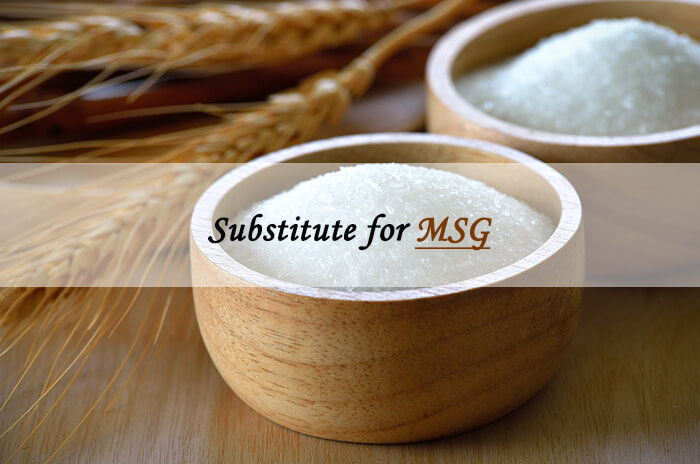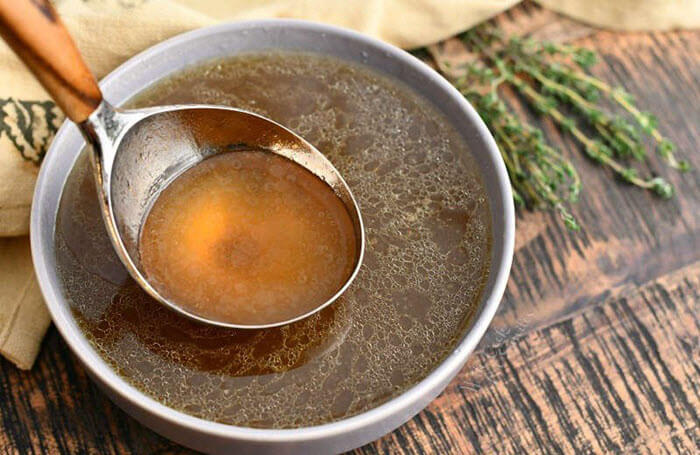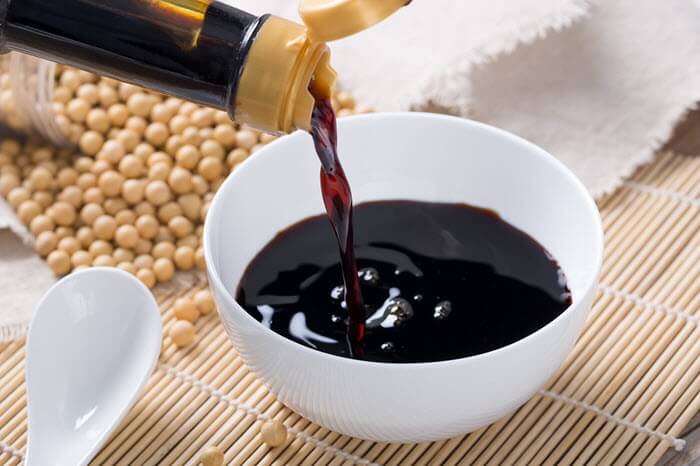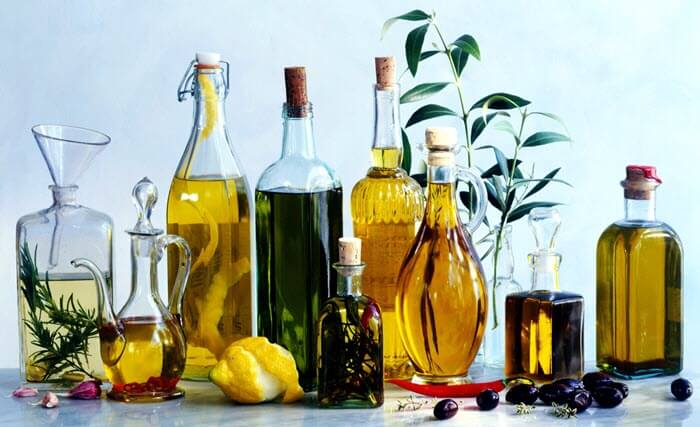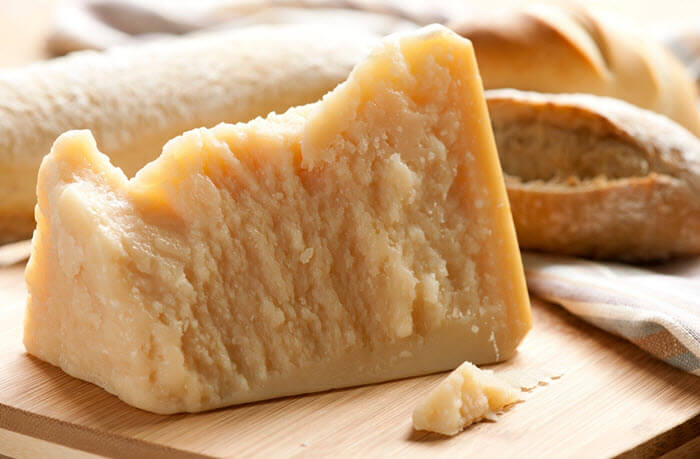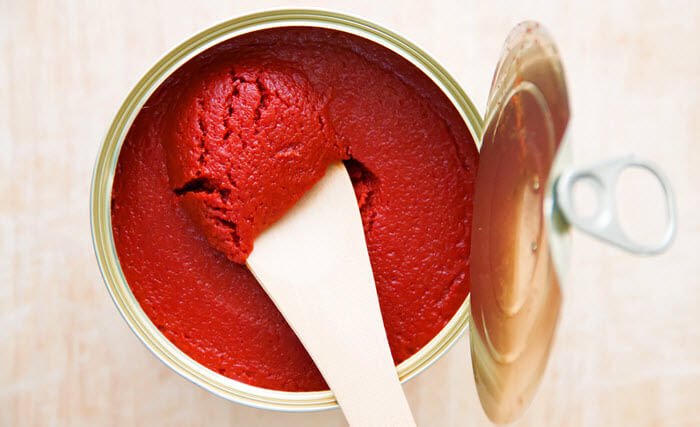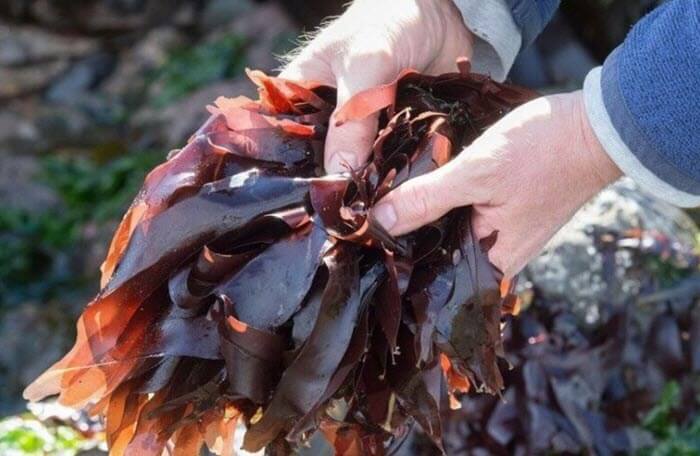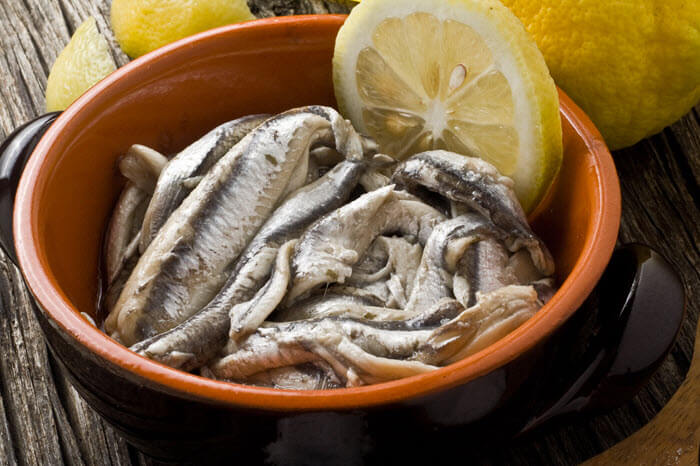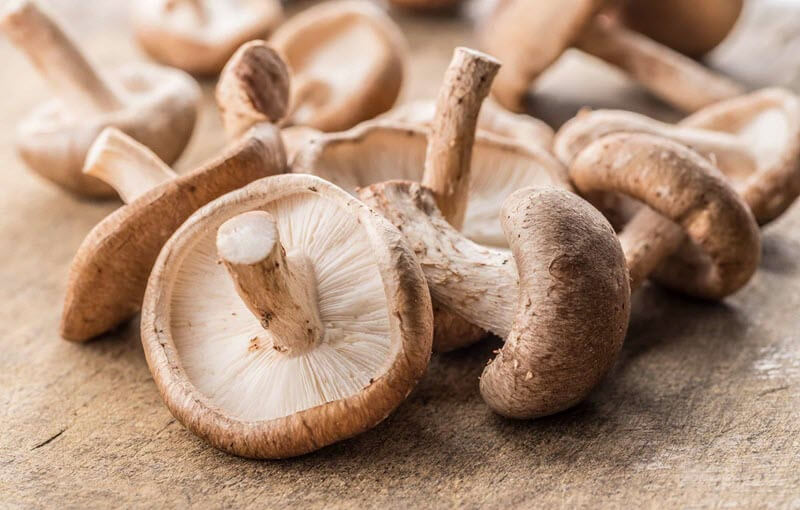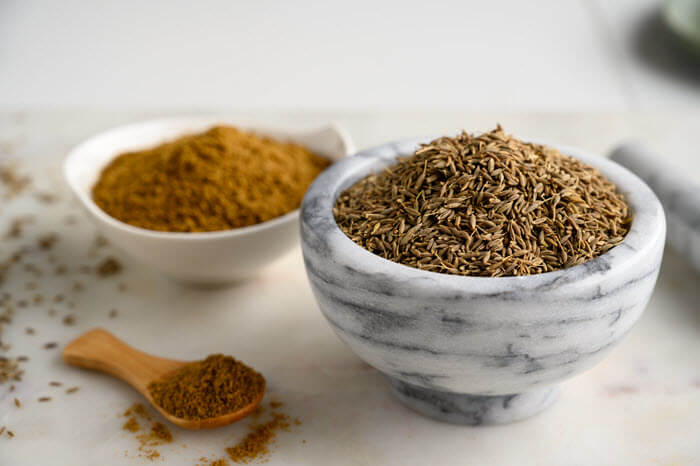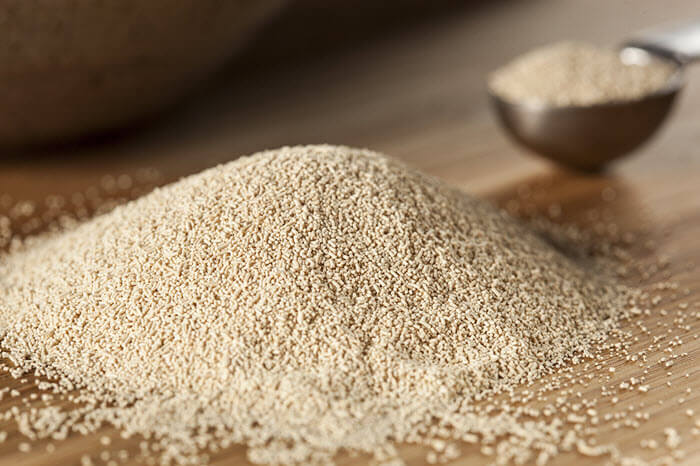Want to bring out the umami taste in your dish? But skeptical about using MSG additive?
More than what people think, MSG is present in many natural foods like cheeses and tomatoes.
So, to help you out, I’ve made a long list of natural and safe MSG substitutes that you can easily get in your local market. That way, you can skip out on using store-bought MSG without compromising the taste of your dish.
Is MSG Bad for You?
Monosodium glutamate (MSG) is a popular flavor enhancer used in various foods. And it’s naturally present in some foods as well.
In the late 1960s, it was suddenly branded as “toxic.” Claiming that it’s causing MSG symptom complex: headache, nausea, drowsiness, palpitation, numbness, tingling, and flushing. So, a lot of people have become cautious about it.
However, after numerous studies, health researchers, including FDA [1], have tagged it as “generally recognized as safe.” Meaning, consuming it in moderation isn’t harmful to the body, except to those who are sensitive to it. Not to mention that its side effects are short-term.
What’s a Good Substitute for MSG
If you want to stop using MSG packets. Or you’re cooking for someone who’s sensitive to it. Here are some great substitutes you can always grab from your local store:
1. Beef Stock
Best used for: soups, stews, braises, and sauces.
You can always rely on beef stock or broth if you want to cook a hearty and savory dish.
It has a high level of glutamate and a meaty flavor that resembles the taste effect of MSG. Which will surely enhance the umami flavor of your dish.
Just toss an MSG-free beef stock cube or bouillon cube into your stockpot.
Or, for best results, make your own beef stock by slow cooking beef bones mixed with aromatics. You may want to simmer it more to achieve more concentrated glutamates.
2. Soy Sauce
Best used for: Asian cuisines, marinades, stir-frys, casseroles, and soups.
Soy sauce is one of the most umami-rich condiments used worldwide.
It has a salty, savory taste that helps bring out the rich flavor of any dish. However, you must use it moderately, as it can turn your dish too salty and mess up its overall flavor.
Also, you must note that, depending on how much soy sauce you added, it can darken the color of your dish.
If you want a little more playful flavor, you may use fish sauce, oyster sauce, or Worcestershire sauce.
3. Flavored Oil
Best used for: Stir-frys, salads, marinades, and dips.
Another substitute that can integrate well into most dishes is flavored oil. And it can be avocado oil, toasted sesame oil, or sunflower oil.
These three types of flavored oils contain umami-rich ingredients. So expect that they’ll be able to elevate the savory taste of your dish. Aside from that, they’re considered healthy options. Because they’re packed with various nutrients like omega-3 and vitamin E.
But like all types of oils, you must consume them moderately. Depending on what type of oil you use, measure it accordingly.
4. Parmesan Cheese
Best used for: Italian cuisines, pasta, pizzas, salads, and risottos.
Depending on what dish you’re cooking, parmesan cheese can be a good MSG substitute.
This is because cheeses are fermented for several months or even years, making them rich sources of natural MSG. It’s also important to note that cheeses that are fermented longer have a stronger umami taste. And Italian parmesan is one of those.
Unlike the other alternatives, parmesan cheese is used as a sprinkled topping. And you can always add as little or more parmesan as you want.
5. Tomato Paste
Best used for: Italian & Korean cuisines, sauces, soups, and stews.
Tomato paste can also be a good MSG alternative since it’s high in glutamates.
It’s made from concentrated tomatoes that have been cooked down until the consistency becomes super dense. So, if you have the right equipment and supplies, you may be able to make one in the comfort of your home.
When using it as an alternative, add it sparingly. As too much of it can make your dish too acidic. Plus, it may also change the consistency of your food.
6. Dulse
Best used for: Salads, sandwiches, tofu dishes, hot or cold noodles, and soups.
Dulse is a variety of seaweed used in many dishes, especially in Asian cuisines.
It’s a brown, slimy leaf-like ingredient picked from rocks in certain places. And you can generally buy it in Asian markets.
Although it’s usually sold as dried, it’ll rehydrate once thrown into a dish.
In terms of taste, it’s mildly salty. And like any other type of seaweed, it’s high in glutamates. Which will give your dish a rich umami flavor.
7. Anchovies
Best used for: Saucy Italian dishes, pasta, pizzas, salads, and salad dressings.
Another natural MSG substitute you can use is anchovies.
These are tiny, lean fishes that have high glutamate content. It has a salty, umami hit that’s comparable to parmesan cheese.
Although it’s literally a fish, you won’t taste any hint of fishy flavor once it’s integrated into a dish. Plus, it dissolves once cooked. So, you’d barely see any traces of it on your plate.
Depending on the dish you’re cooking, you can use cured or paste-type anchovies.
8. Shiitake Mushroom
Best used for: Stir-frys, stews, soups, noodles, and select salads.
Want a vegetable alternative to MSG? Then, get shiitake mushrooms.
Shiitake mushroom is one of the vegetables with the highest concentrations of glutamate. So, once you put it into your dish, expect a burst of intense savory flavor in your mouth.
It also has a meaty, buttery taste that helps enhance the flavor of other ingredients—turning your dish to a whole different level.
If you want to intensify its umami flavor a bit more, caramelize it, then roast it in the oven.
9. Cumin and Turmeric
Best used for: Indian cuisines, rice dishes, sauces, soups, and stews.
Cumin and turmeric are spices that can substitute MSG in many dishes.
These two spices are heavily used in Indian cuisines. Since they have intense earthy, bitter, and savory flavors that fit the tastes of the locals.
Although you can use cumin seeds as they are, most people use ground cumin and ground turmeric in dishes. Since ground spices can integrate and disperse better in dishes.
Before you substitute turmeric for MSG, take note that it may change the color of your dish yellowish.
10. Yeast Extract
Best used for: Vegetarian dishes, soups, sauces, and seasonings.
You may know yeast as an ingredient for making bread and beer. But once processed, it becomes a yeast extract. Which can be used as a flavor enhancer in many dishes.
Yeast in itself has an umami flavor. But yeast extract has a significantly more intense umami hit.
Suppose you can’t find yeast extract in your local store; you can use Marmite or Vegemite as an alternative. These two are yeast extract spreads that contain glutamic acid.
FAQs About MSG You May Like
Can I substitute salt for MSG?
You can substitute salt for MSG to enhance the flavor of your dish. However, you must know that salt doesn’t have the pungent umami hit that MSG has.
If you need an MSG substitute, use other flavor enhancers like soy sauce, cumin, turmeric, and yeast extract instead.
Which is worse – salt or MSG?
Salt is worse than MSG since it contains higher sodium content.
And as you may know, sodium is a mineral associated with several health risks like heart disease, high blood pressure, and stroke.
It’s also important to note that while some may brand MSG as a toxic ingredient, food researchers argue that it’s generally safe to consume. Especially knowing that most foods only contain 0.5g of MSG, which doesn’t pose health risks.
Is there a natural substitute for MSG?
There are several natural substitutes for MSG. Including dulse, shiitake mushroom, tomato paste, anchovies, and beef stock.
But when using any of these in your dish, make sure to add them sparingly until you achieve your desired flavor. As these can change the food’s flavor, color, and consistency.
Also, learning the undertones of each substitute will help you identify which one you can use for your dish.

